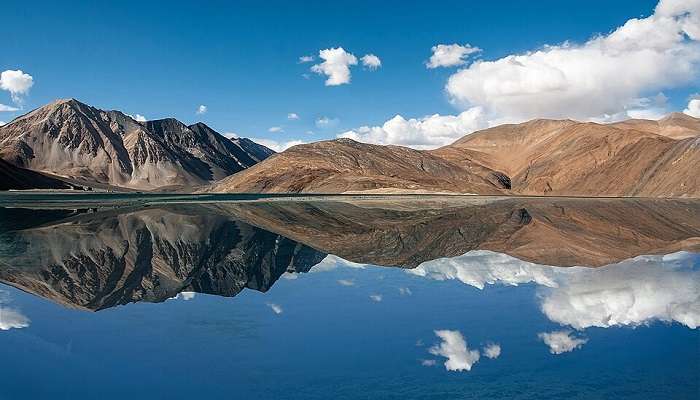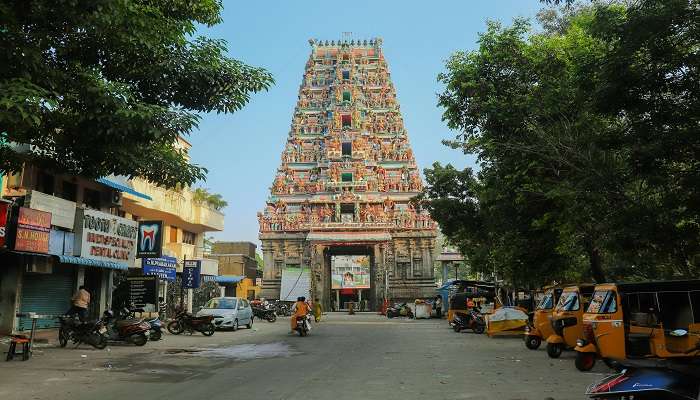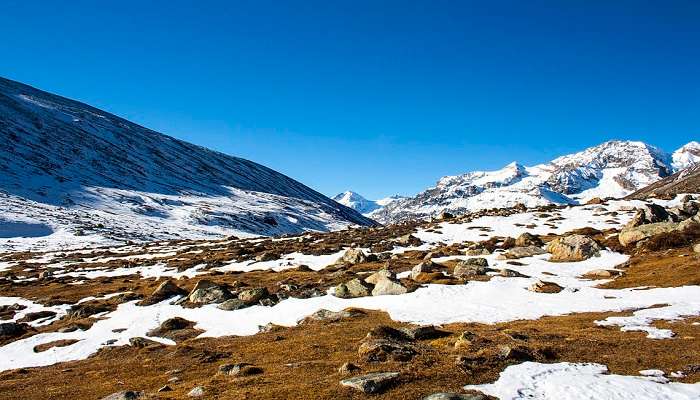Ultimate Guide To Visit The Mighty Brahmaputra River In 2025
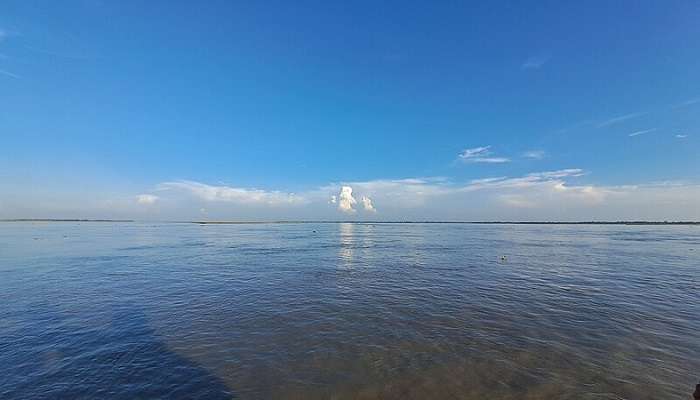
The Brahmaputra River is about 3,848 kilometres long, originating from Tibet, flowing through India and Bangladesh, and falls into the Bay of Bengal after its confluence with the Ganges. The Brahmaputra, one of Asia’s most significant rivers, enters India through the landlocked mountain state of Arunachal Pradesh, having wandered across the Tibetan plateau for thousands of kilometres in precisely the opposite direction. Vast in its extent and rich in fertile banks, this river underpins agriculture, fishing, and transport. It is the central part of the regional cultural and economic life. Thus, from dramatic sceneries to playing a massive role in people’s livelihoods, Brahmaputra has become an essential feature of northeastern India.
History Of Brahmaputra River
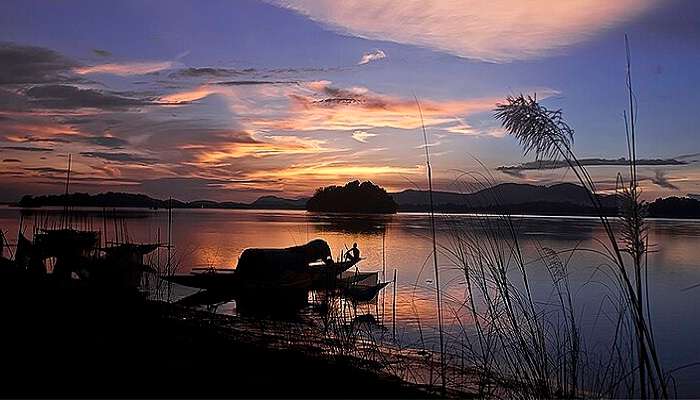
The Brahmaputra River rises in southwestern Tibet, known as the Angsi Glacier. Over time, many changes have occurred throughout the Brahmaputra River. Turning eastward, the Teesta River fell into the Brahmaputra at the Bahadurabad Ghat in the Mymensingh district. Before the late 1700s, the Brahmaputra River flowed through Mymensingh and fell into the Meghna River.
After the flood in 1787 by the Teesta, the Brahmaputra cut a new channel along the Konai-Jenai. In 1810, it turned this channel into the mainstream, now called the Jamuna. The land is always worn away along the river’s lower course. No one knew what the top course of the Brahmaputra was. Exploration in 1884 and 1886 showed that the river, indeed, was the Yarlung Tsangpo. It is also called Tsangpo-Brahmaputra. After the new Ganges waterway was constructed in 1987, it turned the direction of the Brahmaputra.
Earlier, the lower Brahmaputra’s course was situated in the east through the Jamalpur and the Mymensingh districts of Bangladesh. A huge earthquake about 250 years ago routed the river, and it has taken its current course. The Brahmaputra River feeds the Ganges delta, one of the largest river deltas in the world.
Also Read: Places To Visit In Guwahati
Geography Of Brahmaputra River
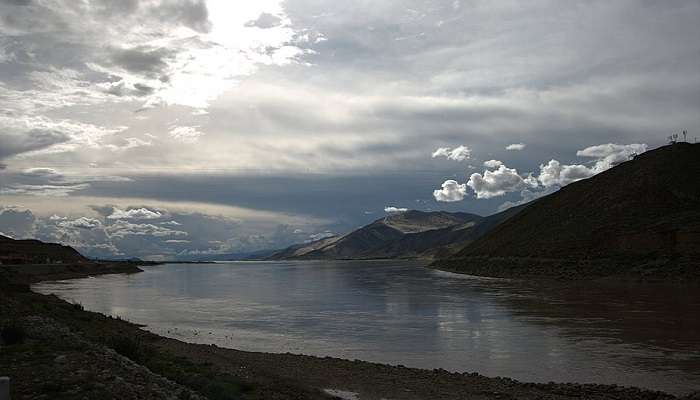
The Yarlung Tsangpo, or upper reaches of the Brahmaputra River, originate on the Angsi Glacier close to Mount Kailash in Tibet, which is situated on the northern side of the Himalayas. The Brahmaputra River is most commonly known as Siang in Arunachal Pradesh. The principal rivers contributing to the Brahmaputra at its source are the Burhi Dihing, Dibang, Lohit, Dhansiri, Raidak, Jaldhaka, Teesta, Disang, Dikhu, and Kopili.
Jia Bhoreli River joins the river in Sonitpur. The Brahmaputra bifurcates into two channels in the districts of Dibrugarh and Lakhimpur: the Kherkutia channel in the north and the Brahmaputra channel in the south. These two waterways meet to form Majuli Island. The length of the river is approximately 2900 km. The maximum depth of the river is 120 meters, and the average depth is 38 meters. When the Himalayan snow melts, the river creates a flood situation. The average discharge of the river is about 19,300 cubic meters per second.
The river is susceptible to channel migration and avulsion. It is also one of the few great rivers in the world with a tidal bore. The majority of its length is navigable. The Brahmaputra drains the Himalayas east of the Indo-Nepal border, the southern-central part of the Tibetan plateau above the Ganges basin, the southern part of Tibet, the Patkai-Bum hills, the northern slopes of the Meghalaya hills, the Assam plains, and the northern part of Bangladesh. Kanchenjunga is the highest point within the Brahmaputra basin.
Climate Of Brahmaputra River
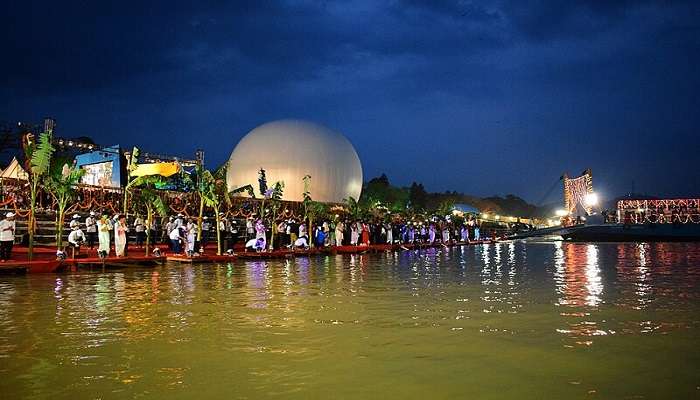
The climate ranges from cold, harsh, and dry in Tibet to generally hot and humid conditions prevailing in Assam state and Bangladesh. The winters in Tibet are sharply cold, with an average temperature below 32 °F, while summers are mild and sunny.
The upper river valley is in the rain shadow of the Himalayas, and the precipitation there is relatively scant. Lhasa gets around 16 inches or 400 millimetres per year.
The monsoon climate prevails in the Indian and Bangladeshi parts of the valley. The summer season is shorter than usual, and the average annual temperature varies from 79 °F (26 °C) to 85 °F (29 °C). Humidity is high, and Precipitation is relatively heavy throughout the year. Annual rainfall between 70 and 150 inches falls mostly from June to early October; light rains also fall from March to May.
Related Post: Restaurants In Bongaigaon
Top Places To Visit Near Brahmaputra River
Brahmaputra River has some very nearby interesting places awaiting exploration. Here are some of the best places to visit near the Brahmaputra River:
1. Kaziranga National Park
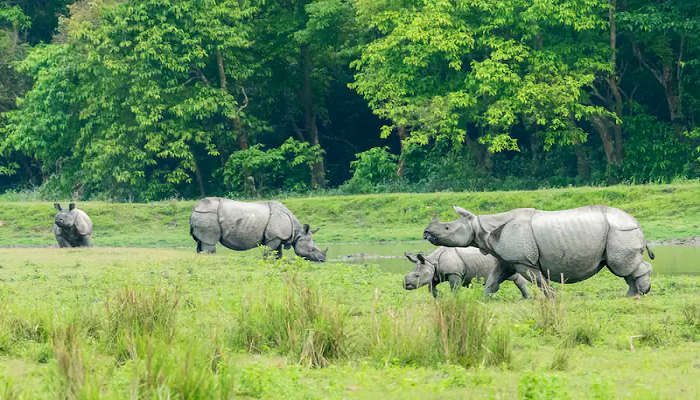
Kaziranga National Park sprawls over more than 1,000 square kilometres in Assam. It is rightfully called the pride of India, especially regarding varied biodiversity and sceneries. It is a UNESCO World Heritage Site and one of the major sanctuaries of the Indian one-horned rhinoceros located near the Brahmaputra River.
The park’s variable habitats, ranging from grasslands to wetlands and dense forests, provide a haven for tigers, elephants, wild buffalo, and other forms of wildlife. Jeep safaris and elephant rides are available for wildlife viewing in their habitat. Excellent avifauna ranges with some rare species, like the Bengal florican, can be found here. The serene beauty and rich wildlife attract visitors who are fond of nature and wish to spend time amidst it.
Location: Kaziranga National Park, Assam
Distance From Brahmaputra River: 112 Km
Travel Time From Brahmaputra River: 2 Hours 47 Minutes
Entry Fees: INR 100- INR 2200
Best Time to Visit: November to April
2. Deepor Beel Wildlife Sanctuary
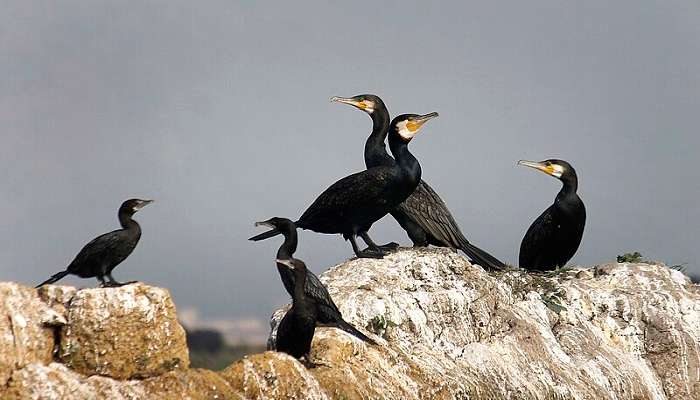
Deepor Beel Wildlife Sanctuary is a permanent freshwater lake and Ramsar site located southwest of Guwahati in the Assam region. It is a significant habitat for many varieties of aquatic flora and several fish species. The place is also famous for its birdlife, with a haven for many migratory birds.
It was declared a wildlife sanctuary in 1989 and is a haven for many animals, including the endangered Asian elephants, deer, and leopards. This biodiversity is essential for wildlife and has also been a lifeline for the local fishing communities. Visitors to Deepor Beel showed interest in bird watching, boat rides, and spending quiet moments in its naturalistic environment.
Location: Deepar Beel Wildlife Sanctuary, Chakardeo Village, Guwahati, Mikir Para Chakardoi, Assam
Distance From Brahmaputra River: 120 Km
Travel Time From Brahmaputra River: 3 Hours
Entry Fees: INR 10- INR 20
Best Time to Visit: October to March
Related Post: Places To Visit In Dibrugarh
3. Kamakhya Temple
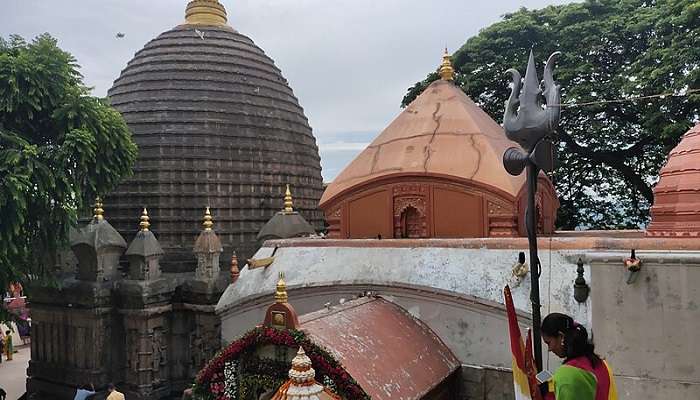
One of the most significant Hindu pilgrimage centres, the Kamakhya Temple in Assam, is in Guwahati. Its worship is dedicated to Goddess Kamakhya, a form of Shakti. This ancient temple atop Nilachal Hill gives visitors a panoramic view of the Brahmaputra River. Visitors can gaze at the temple architecture, explore the sacred sanctums, and pray for their well-being.
The temple complex is also famous for the Ambubachi Mela, an annual festival that attracts devotees from various parts of India. One can also explore the surrounding natural beauty and feel the richness of Assam’s cultural heritage. The admixture of spiritual ambience and scenic view makes a visit to the Kamakhya Temple an esteemed visit.
Location: Maa Kamakhya Temple, Kamakhya, Guwahati, Assam 781010
Distance From Brahmaputra River: 150 Km
Travel Time From Brahmaputra River: 3.5 Hours
Entry Fees: Free
Best Time to Visit: September to February
You May Also Like To Read: Places To Visit In Guwahati For Couples
The Brahmaputra River is extraordinary. From outdoor adventures such as hiking and whitewater rafting to kayaking and fishing, it has a lot to offer. For an unforgettable experience, make sure to visit the interesting places near the mighty Brahmaputra River. Book your trip to Assam and make unforgettable memories. Discover the magic and grandeur along its banks while exploring this incredible river. Enjoy jungle safari, birdwatching, serene lakes, and much more!
For our editorial codes of conduct and copyright disclaimer, please click here.
Cover Image Credit: Chiring Chandan for Wikimedia Commons
Frequently Asked Questions Brahmaputra River
What is special about the Brahmaputra River?
The Brahmaputra River is unique for its vast size, originating in Tibet and flowing through India and Bangladesh. It is one of the world’s major rivers, known for its diverse ecosystems, cultural significance, and significant economic role.
Why is the Brahmaputra River called the Blood River?
The Brahmaputra River is often called the 'blood river' due to its reddish-brown sediment load, which gives the water a distinctive hue during monsoon floods. This nickname reflects the river's dramatic impact on the landscape and local mythology.
Is the Brahmaputra the longest river in the world?
No, the Brahmaputra is not the longest river in the world. It is approximately 2,900 kilometres long, making it the 9th longest. The longest river is the Nile, followed by the Amazon and Yangtze rivers.
Does Brahmaputra meet Ganga?
Yes, the Brahmaputra River meets the Ganga River in the Sunderban Delta in Bangladesh. This confluence creates one of the world's largest river deltas. It is crucial for biodiversity and the region's ecological balance.
What is the combined name of Ganga and Brahmaputra?
The combined name of the Ganga and Brahmaputra rivers is the 'Ganges-Brahmaputra Delta' or the 'Sundarbans Delta.' This region is the world's largest delta, renowned for its unique mangrove forests and rich wildlife.
People Also Read:
Tourist Places In Assam Things To Do In Assam Places To Visit In Assam

Innovative Content Writer Focused on Producing High quality, Original Content that drives traffic and engages readers. Experienced in Content strategy and analytics to measure content performance using tools such as SQL, Power BI, Excel.



